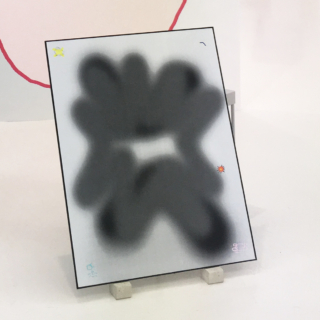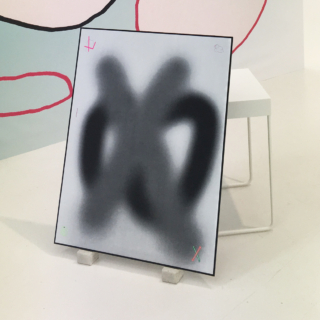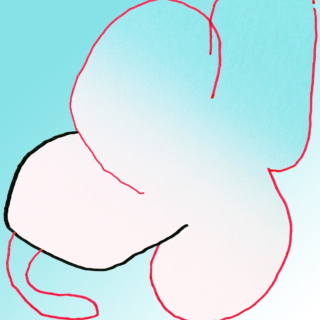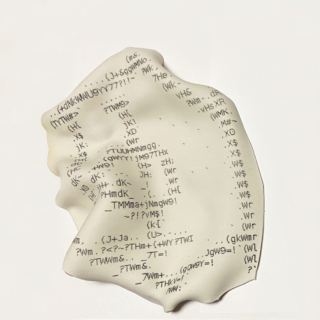BBWSSBBWSS
作家詳細Details
Details
「「版」によってあらわれるイメージや支持体との関係性に着目し、作品を制作している。」
「Creates artworks that highlight the relationships with the images and support bases that appear via prints.」

藤田 紗衣
Sae Fujita
1992年 京都生まれ
2017年 京都市立芸術大学大学院美術研究科修士課程絵画専攻版画修了
2016年 「Pinch in, Pinch out」、gallery make、京都
2017年 「still moving 2017: 距離へのパトス far away/so close (フローとストック プロジェクト)」、元崇仁小学校、京都
2018年 「京芸 transmit program 2018」、京都市立芸術大学ギャラリー@KCUA、京都
2018年「Waddling Image」、空場Polymer、台北
2018年 「快晴」、ペフ、大阪、CORNER PRINTING KG、東京、Galerie P38、フランス
1992 Born in Kyoto
2017 Graduated from Kyoto City University of Arts, Printmaking
2016 “Pinch in, Pinch out”, gallery make (Kyoto, Japan)
2017 “Still Moving 2017: The Socialism of Distance – Far Away/So Close – Flow and Stock Project”, Former Suujin Elementary School (Kyoto, Japan)
2018 “KCUA transmit program 2018”, Kyoto City University of Arts Art Gallery @KCUA (Kyoto, Japan)
2018 “Waddling Image”, Polymer Art Space (Taipei, Taiwan)
2018 “KAISEI”, pehu(Osaka, Japan), CORNER PRINTING KG (Tokyo, Japan), Galerie P38 (Paris, France)













[推薦者コメント]
[Comment by Selector]
藤田はノートに残されたメモや落書きの線を版画技法によって再生産する。無意識的なそれらの線の意味を読み込むのではなく、そこに残る行為の縁を丁寧にトレースし、異なる支持体へと定着させる。行為者もしくはその痕跡、そのどちらもを抜け殻のように極限まで軽くするための版画技法であり、それは、新鮮さと郷愁が同時に訪れる奇妙な体験を生む。スクリブルのような解読不能な線やアルファベットもどきや顔のような点と線のコラボ、繰り返される幾何学模様といった文字になりきらなかった文字、言語以前のノンバーバルな意思疎通に宿る力、人間本来の力を試されているような、そんな感情を沸き起こさせる作品からは、技術の高さと実直な作者の心意気が感じられる。
Sae Fujita uses printmaking techniques to reproduce notes left in notebooks and lines of doodles. The meanings of the unconsciously made lines she does not read. Instead, she carefully traces the edges of the people’s acts and then fixes them onto different supports. Her printmaking technique is for making the doer and the traces of the doer into shells so that they become infinitely light. It brings forth peculiar experiences where we simultaneously feel newness and nostalgia. Undecipherable lines that look like scribbles; pseudo-alphabets; combinations of dots and lines that resemble faces; characters that did not fully become characters, including repeating geometric patterns; the powers that nonverbal communication that precedes language have—Fujita’s works cause us to feel as though we are being tested to see whether we possess the abilities we as human beings are supposed to have. When we look at her works we sense her superior skills and her honest, straightforward disposition.